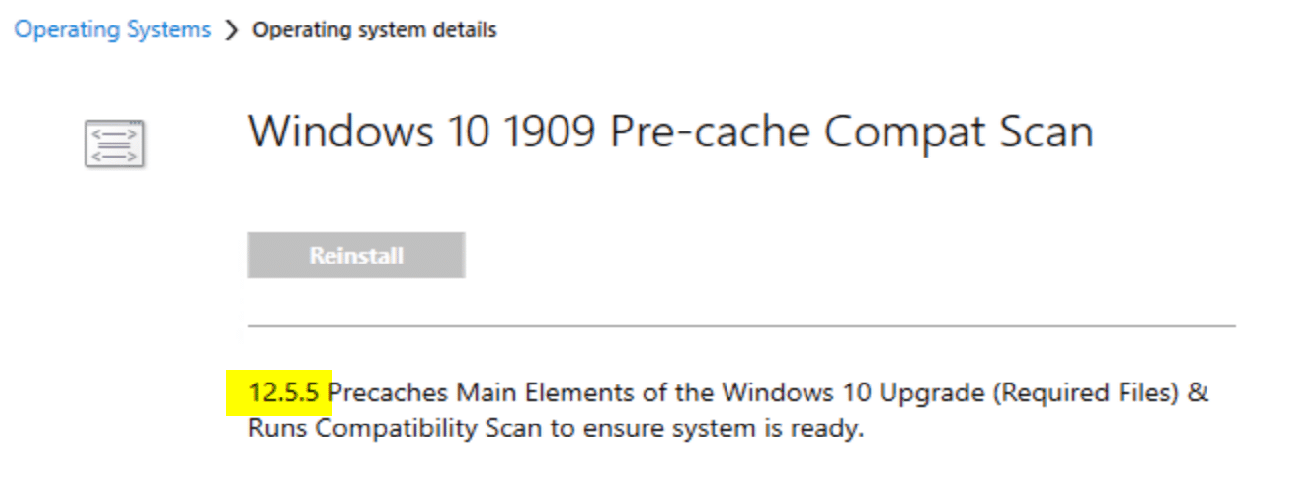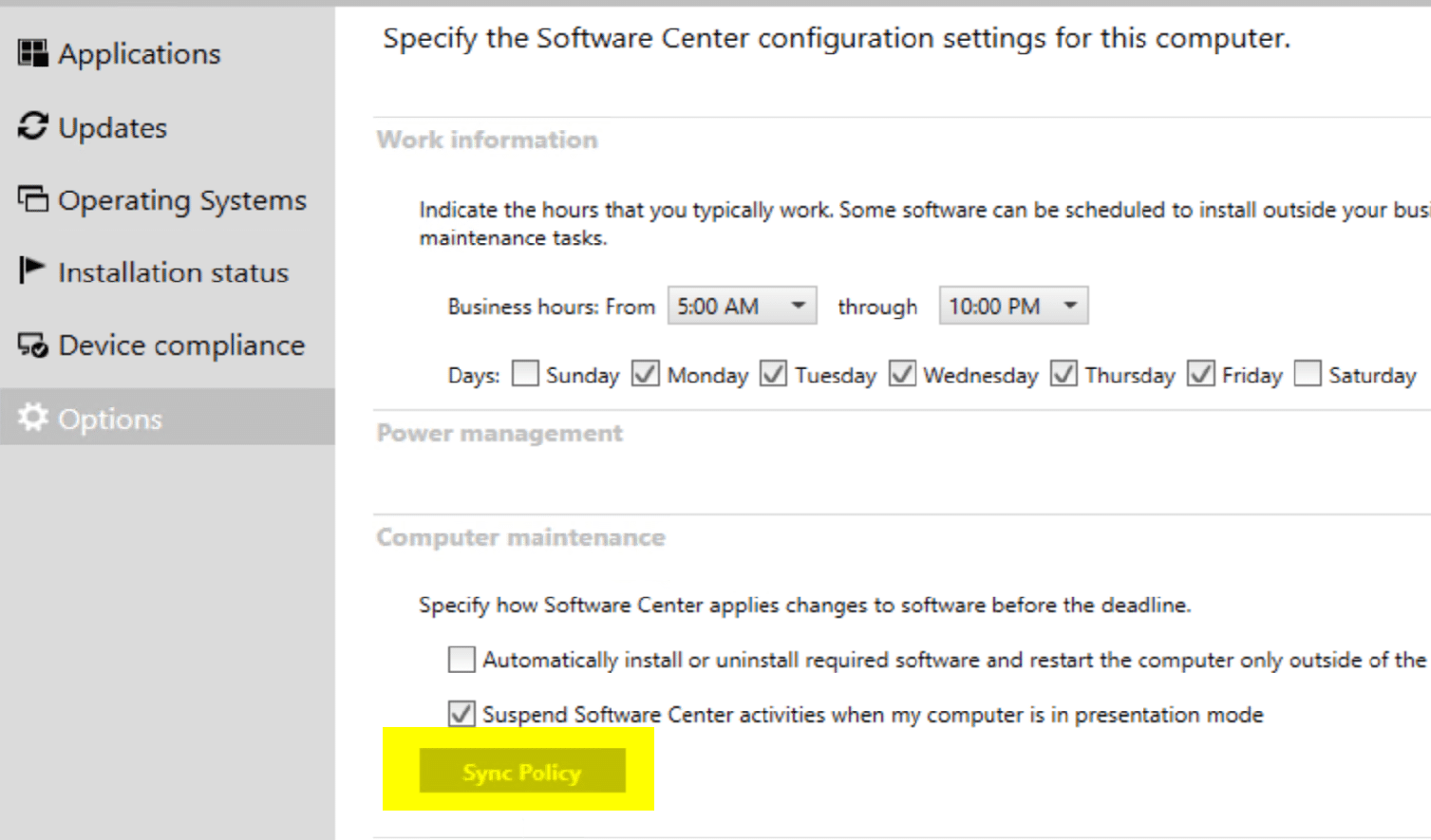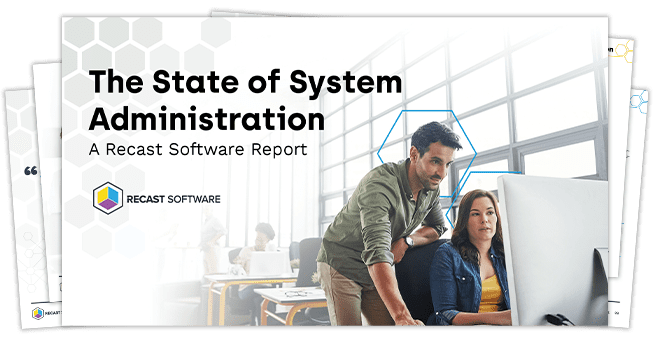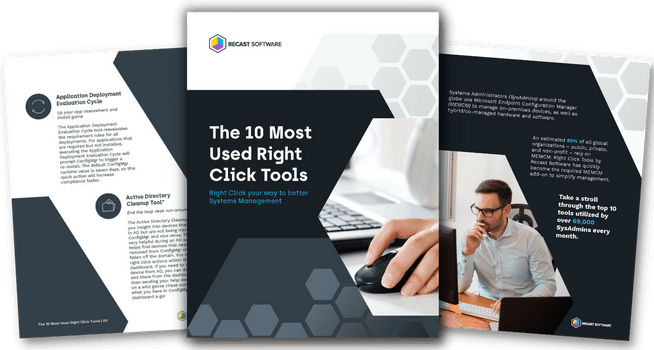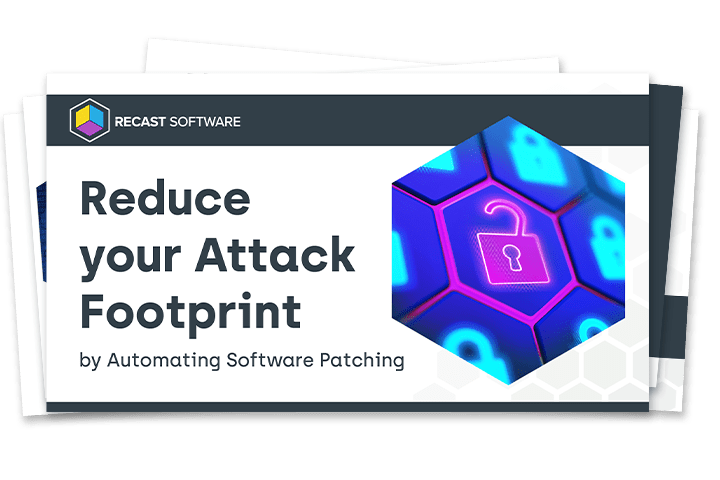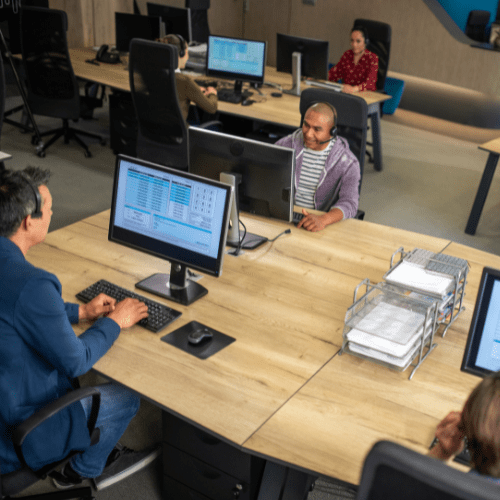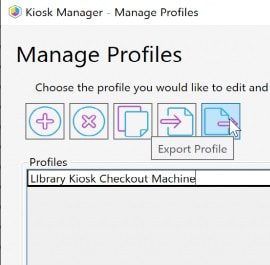ConfigMgr
A Week of Task Sequence Tips: Day 01 – Tag Version in Description
Topics: ConfigMgr
This is the first in a mini-series of small but important tips to help you when troubleshooting your Task Sequences. Each day we’ll post something simple and easy to start using right now. These posts may not be life-changing or completely original, but they can make the difference between going crazy and being sane at the end of your workday.
Tip 1: Use the Description field as a way to version your Task Sequence
When testing a Task Sequence, I’ll often make several changes in a day. The worst thing is to make a change in the TS in the console, then run another test, just to find out you ran the test with the old policy and now you need to start over. To overcome this, I’ve started to time stamp my description, I use Month, Date, and Edit Number. So in the image below, it’s Dec 5th, and it’s the 6th edit I’ve made today.

